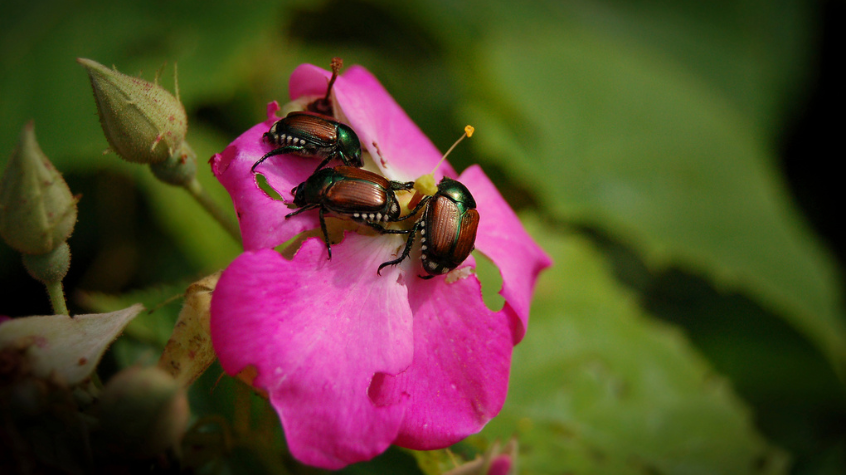Weeds come in many shapes and sizes but more importantly, they have different growth habits. These growth habits determine the timing and best means of control. Some, such as crabgrass, are summer annuals which germinate, grow, and die within the same year. Others are winter annuals, such as annual bluegrass, that germinate in the late summer, live through the winter, reseed themselves, and die out the following summer. Weed Control Products These annual grassy weeds are best controlled with preemergent products applied prior to seed germination. Most products designed to control weed seed germination also interfere with the germination of desirable grass seed. There are, however, a few products available that are specifically designed to be applied at the time








